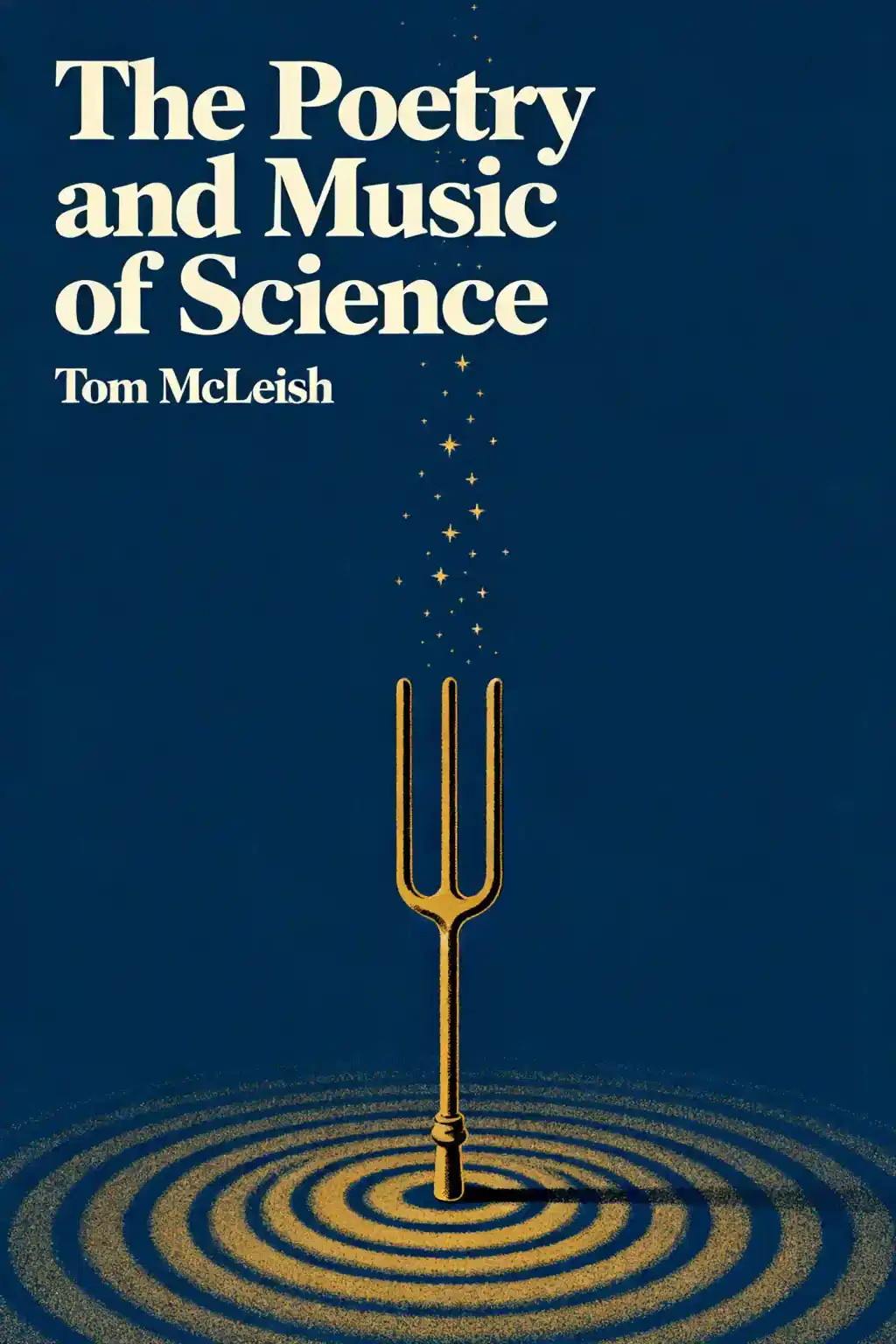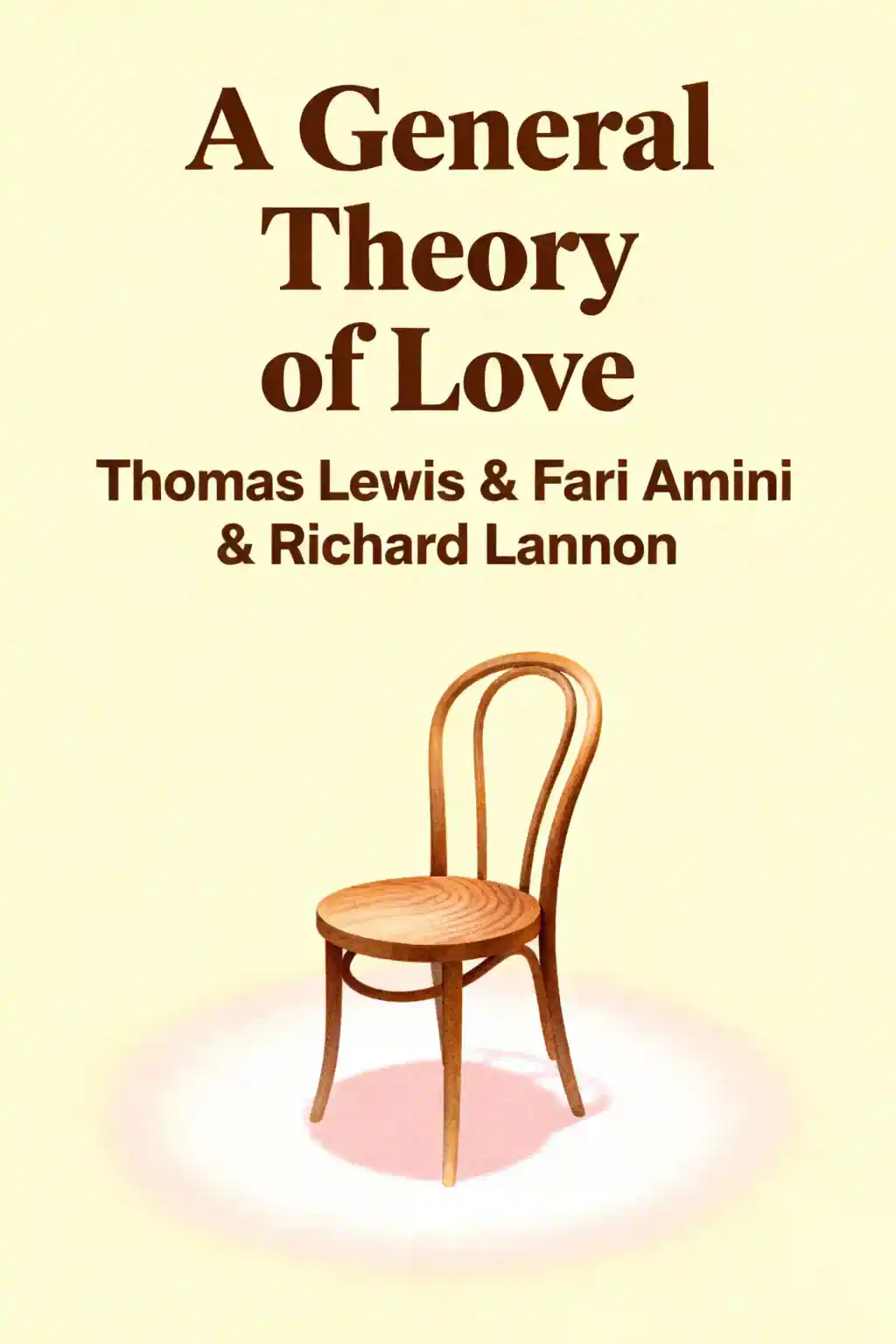What is
The Poetry and Music of Science about?
The Poetry and Music of Science by Tom McLeish challenges the notion that scientific creativity is less imaginative than artistic endeavors. It explores shared creative processes in science and art through three lenses: visual thinking (linking physics and art), narrative (connecting 17th-century novels and experimental science), and abstraction (mathematics and music). McLeish argues that both fields rely on metaphor, aesthetic desire, and moments of transcendent insight.
Who should read
The Poetry and Music of Science?
This book appeals to scientists, artists, and interdisciplinary thinkers curious about creativity’s universal mechanisms. Educators, philosophers, and historians of science will value its analysis of medieval concepts like the quadrivium (arithmetic, geometry, music, astronomy) and parallels between figures like Émile Zola and Robert Boyle. Readers comfortable with dense academic references will gain the most.
Is
The Poetry and Music of Science worth reading?
Yes, for those seeking a rigorous, cross-disciplinary exploration of creativity. McLeish’s synthesis of complex equations, musical scores, and literary criticism offers fresh perspectives but demands familiarity with science and humanities concepts. Critics may find its breadth overwhelming, but it excels in dismantling stereotypes about "uncreative" science.
How does
The Poetry and Music of Science connect math and music?
McLeish highlights their shared abstract language and historical ties, noting medieval universities grouped them in the quadrivium. He examines how musical harmony reflects mathematical ratios and argues both fields create “mental universes” to explore truth. For example, he links Schumann’s compositions to mathematician Hadamard’s insights on abstraction.
What historical periods does the book analyze?
The book spans the 17th-century rise of experimental science (compared to the novel’s emergence), medieval scholasticism, and Romantic-era critiques of scientism. It contrasts figures like Daniel Defoe (novelist) with Robert Boyle (chemist) to show parallel creative revolutions.
What key quotes define
The Poetry and Music of Science?
- “The universe itself is both numerate and musical” – Summarizes McLeish’s thesis on interconnected creativity.
- “Creativity… demands a hermeneutic stance” – Emphasizes interpretation in both science and art.
- “The rainbow bridges physics and poetry” – Illustrates how natural phenomena inspire dual exploration.
How does McLeish compare scientific and artistic creativity?
Both involve:
- Incubation: Periods of frustration before insight.
- Visual/metaphorical thinking: Using mental imagery (e.g., Einstein’s thought experiments vs. Monet’s paintings).
- Aesthetic drive: Pursuing “beautiful” solutions or expressions.
McLeish rejects hierarchies, showing labs and studios alike host “eureka” moments.
Does the book address religion or theology?
Indirectly. McLeish, a physicist and Anglican reader, references medieval contemplative traditions but focuses on secular creativity. His earlier work Faith and Wisdom in Science delves deeper into theology.
What critiques exist about
The Poetry and Music of Science?
Some may find its interdisciplinary examples overly niche (e.g., polymer physics analogies) or its dense style less accessible to casual readers. However, its ambition in bridging STEM and humanities is widely praised.
How does the book use the rainbow as a symbol?
The rainbow exemplifies creativity within constraints: physicists decode its optics, while poets like Wordsworth capture its emotional resonance. McLeish shows both approaches reveal complementary truths.
Why is
The Poetry and Music of Science relevant in 2025?
As AI reshapes creativity, the book’s human-centric focus on intuition and interdisciplinary thinking offers a counterpoint. It also aligns with trends valuing collaborative innovation across fields.
How does this book compare to McLeish’s other works?
Unlike Faith and Wisdom in Science (focused on theology), this volume targets secular creativity. Both emphasize science’s narrative depth, but Poetry and Music leans heavier on art-historical examples.






















